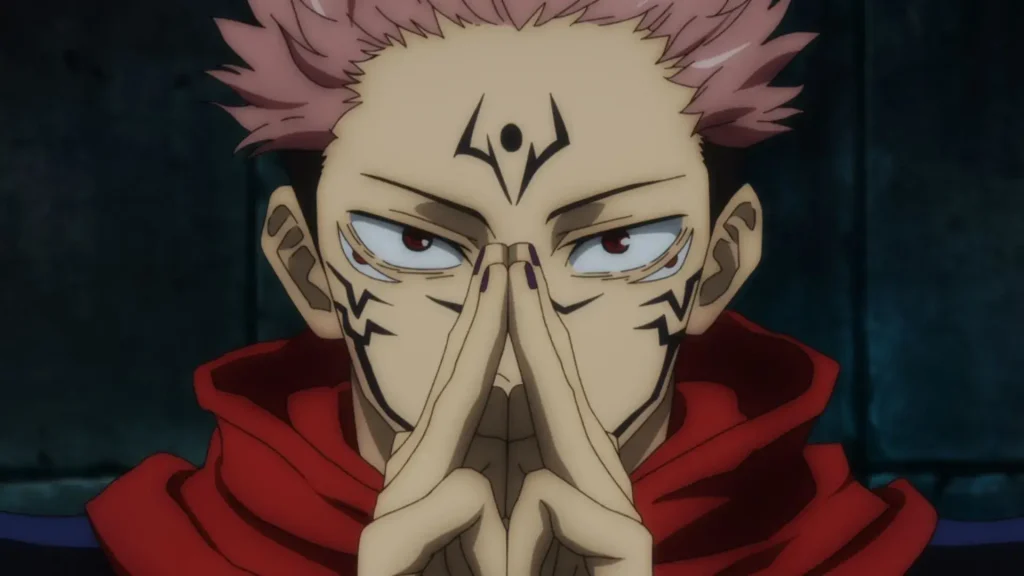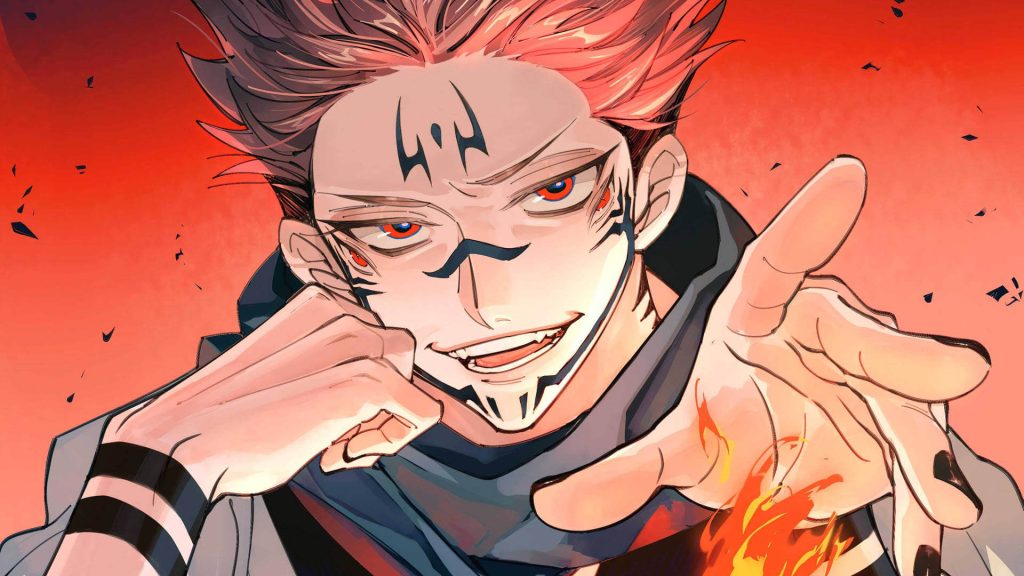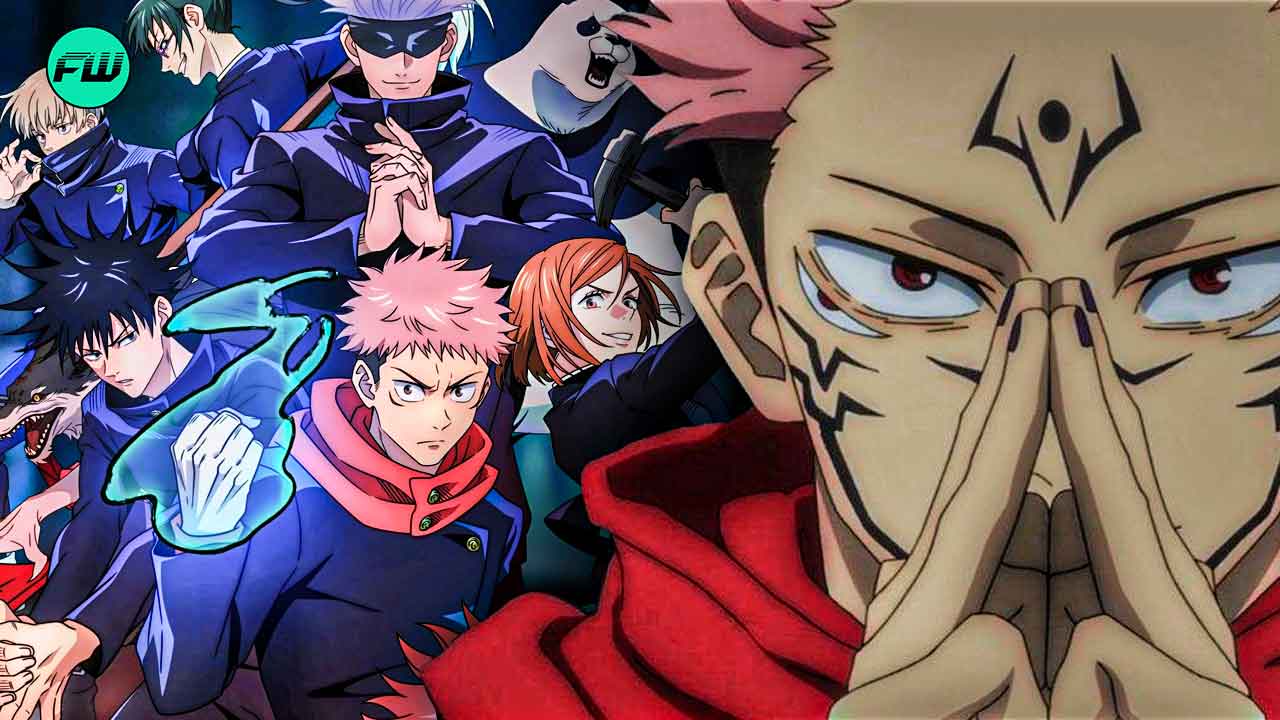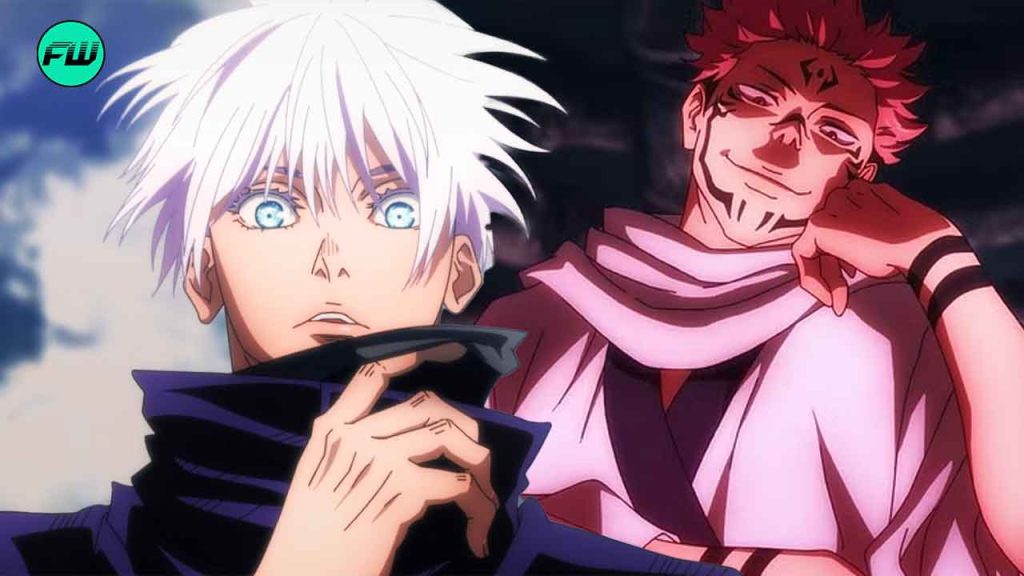Jujutsu Kaisen, the masterpiece by Mangaka Gege Akutami sensei, has been winning the hearts of fans all around the globe, and a major reason behind this is its mysteriousness. While the exquisite plot is one that garners massive attention, all the mysterious clues left behind about the characters further make the saga all the more interesting.

That being said, Akutami sensei has never really revealed the series’ primary antagonist and Ryomen Sukuna’s true identity and character… Or have they? As it turns out, Akutami sensei seems to have actually given away the King of Curses’ real identity in a way that most fans would have easily missed: Through the character’s strongest attack.
Sukuna’s Strongest Attack Gives Away His True Identity in Jujutsu Kaisen
Of all the places where Mangaka Gege Akutami sensei could have hidden away Ryomen Sukuna’s true identity, they seem to have decided to do it through his strongest attack in the saga as of this writing, which is his domain expansion, Malevolent Shrine. And that too, they managed to do in the most clever manner.

As many fans may have already noticed, most of the attacks (if not all) that Akutami sensei has imbued in their saga actually draw quite heavily from Buddhist concepts. Though it is true that the characters’ origins still lie in Japanese mythology, their actions in fights seem to have stemmed from Buddhism, as can be observed from the hand signs.
This very trait has seemingly proven the primary antagonist of the JJK saga’s real identity as well. How, you ask? Well, for that, let’s talk about the hand sign that the King of Curses makes to enter into his domain expansion, that is, Malevolent Shrine. As fans already know, that specific hand sign is called “Enma Ten-In”. But, what does that mean?

As @kylescouter explained on X, Enma Ten is actually the name of who is considered the King of Hell in the Japanese Buddhist culture. He is said to have been the ruler of “the underworld, judging the souls of the deceased.” Moreover, this originates from ‘Yama’, which basically refers to the King of the Dead Land, who was notably originally a human.
Adding to all of this is the myth that this very character, who is deeply rooted in the Japanese Buddhist culture, beliefs, folklore, and art, was greatly feared by many. And comparing all of these features with the King of Curses inevitably results in the fact that Ryomen Sukuna possesses all of the aforementioned qualities.

Thus, as it turns out, the Disgraced One’s real identity, which was hidden by Akutami sensei till now, seems to actually be that of the King of Hell. And the mere name of the King of Curses’ domain expansion and its meaning in Japanese further proves the credibility of this theory derived from the Buddhist Japanese mythology.
The Mere Name of Sukuna’s Domain Expansion Further Proves This!
Ryomen Sukuna’s overpowering domain expansion technique is called the Malevolent Shrine. This translates to Fukuma Mizushi in Japanese, where both of the words have their own separate meanings, stemming from Buddhism.
While ‘Fukuma’ means a place full of demons, or one where they lurk around, Mizushi’s explanation goes further than that. One of the things ‘Mizushi’ refers to is a Buddhist shrine or altar. This basically means a regal place where the King’s feast is prepared.

Thus, joining the dots and connecting these words and their meanings results in only one thing: A demonic king’s dining altar where evil is amassed and prepared. Meaning? The King of Evil Ryomen Sukuna‘s altar where he prepares and serves evil.
To put it in a nutshell, the deadly primary antagonist of the JJK saga’s true identity is that of the King of Hell, as all of these points and facts from the Buddhist Japanese mythology inevitably point towards. And truly enough, these only seem as believable as ever, considering the character’s stance in the saga.
You can read the Jujutsu Kaisen manga on MangaPlus and stream the anime on Crunchyroll.






